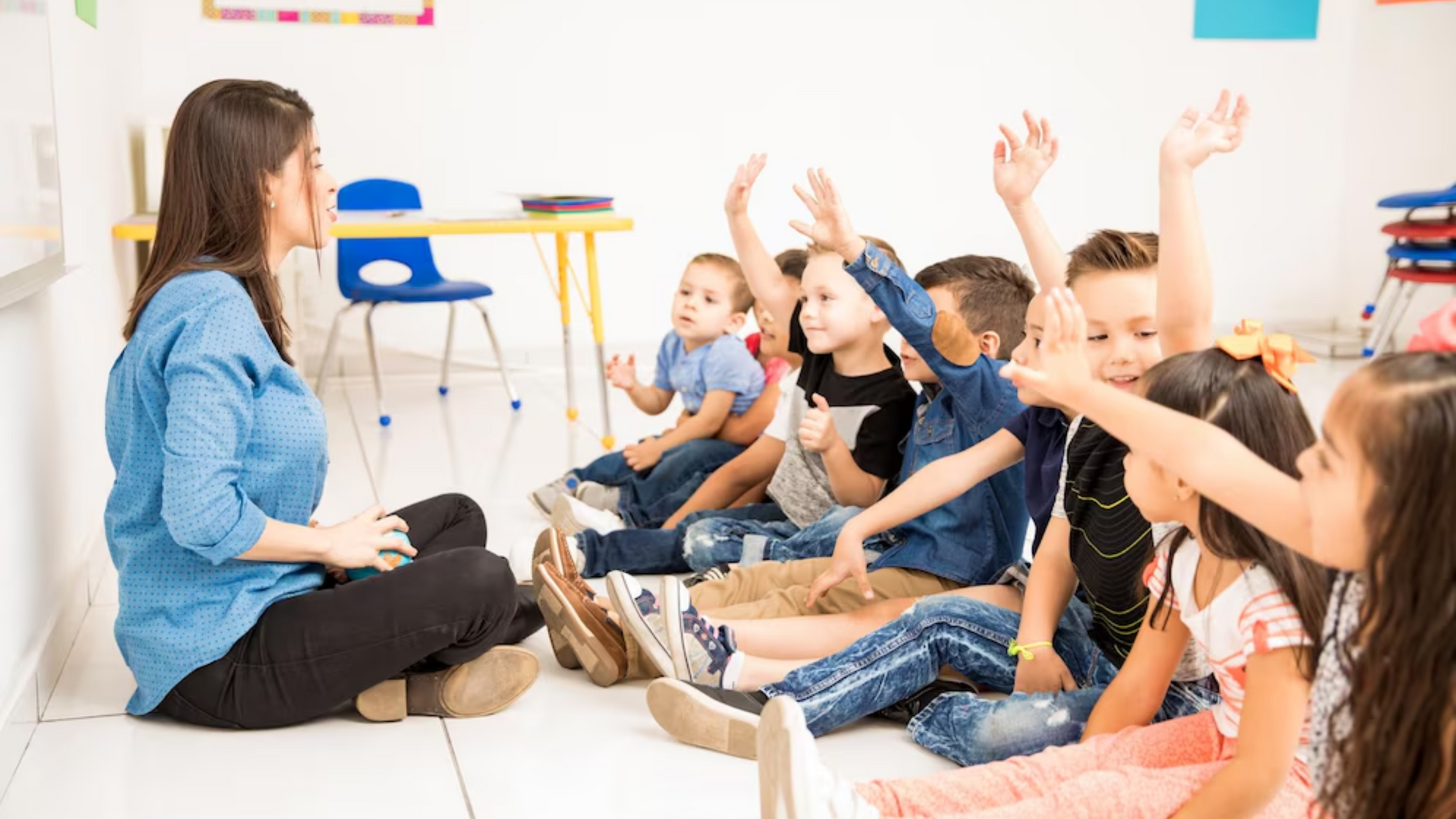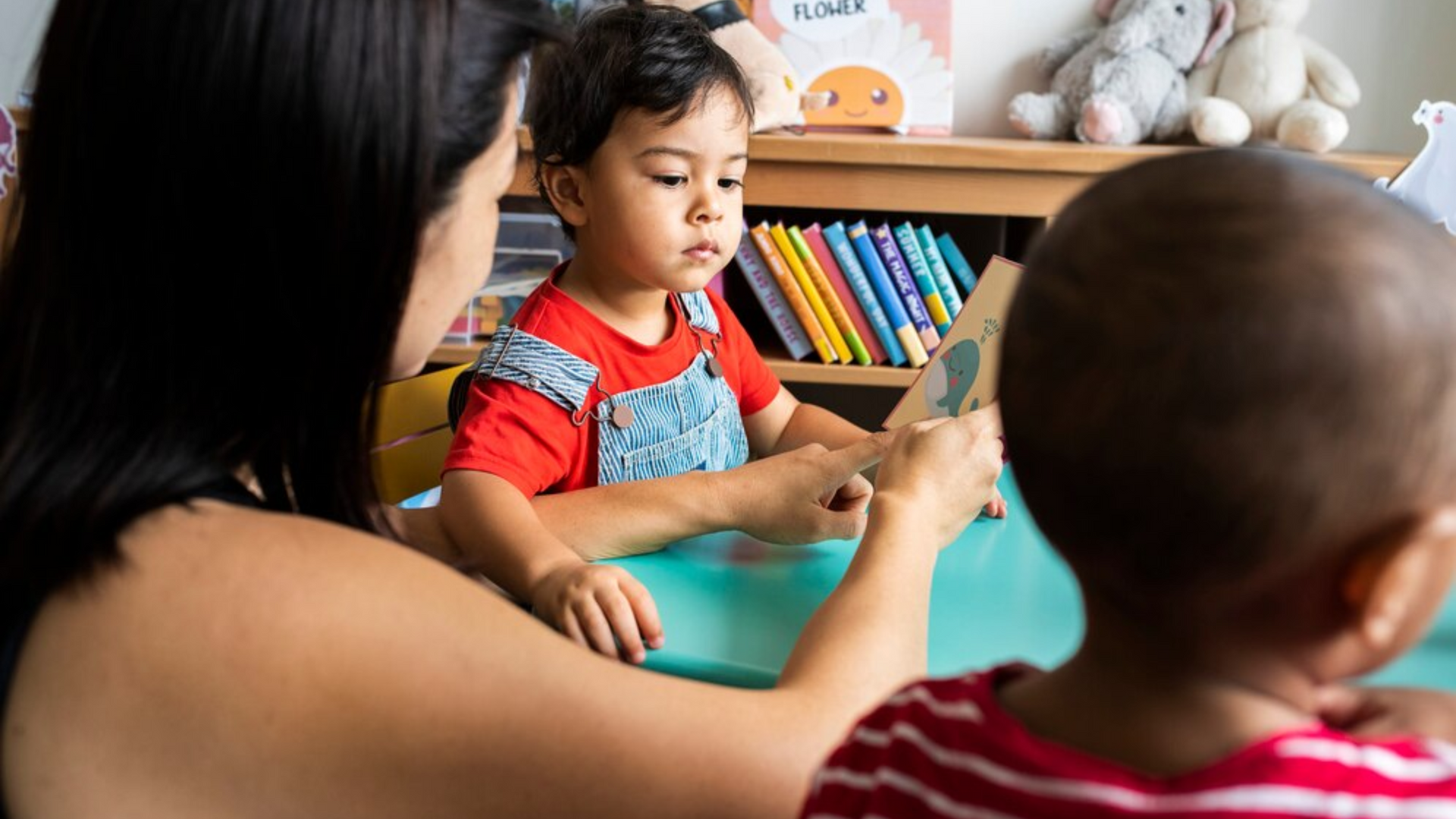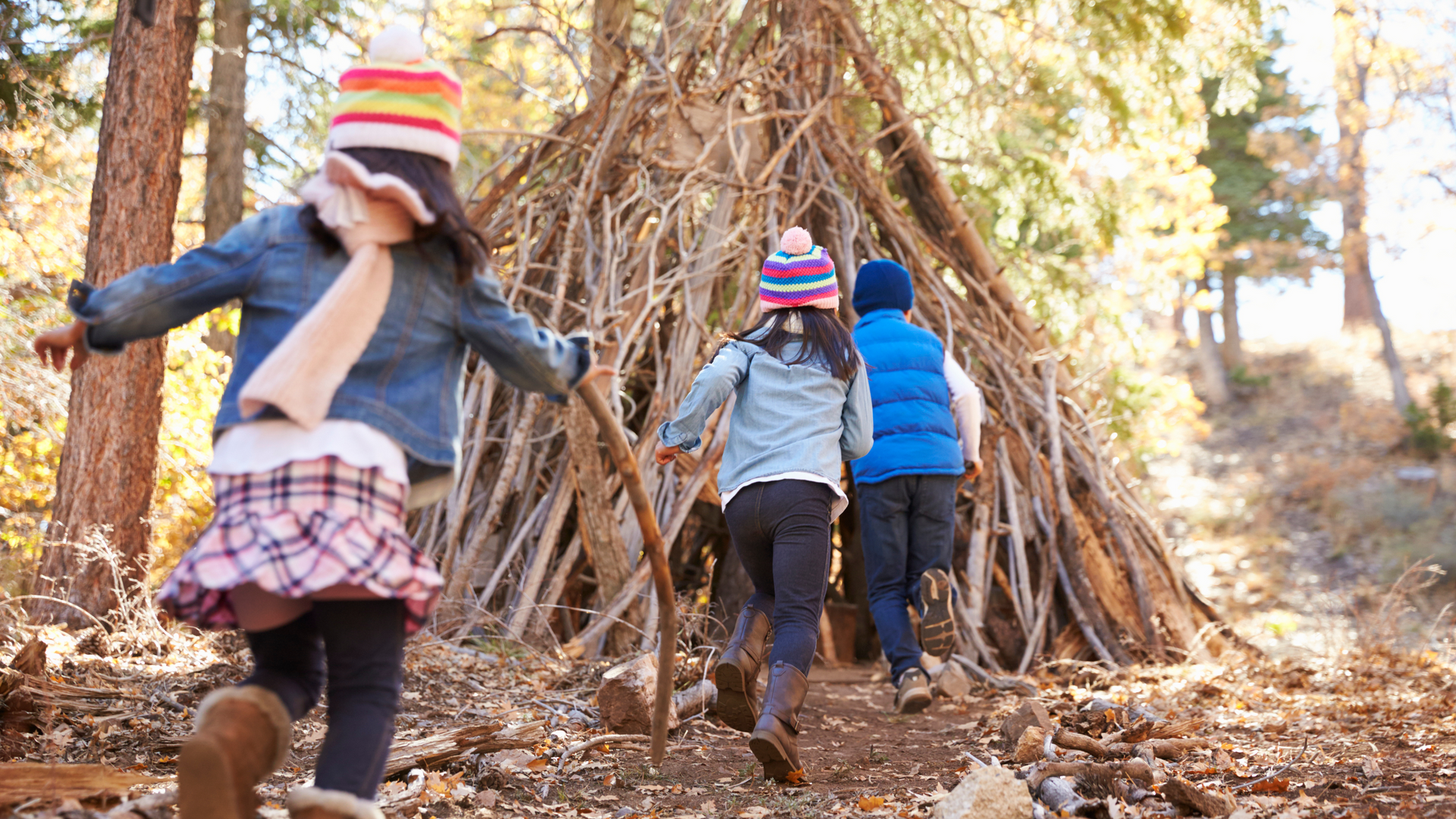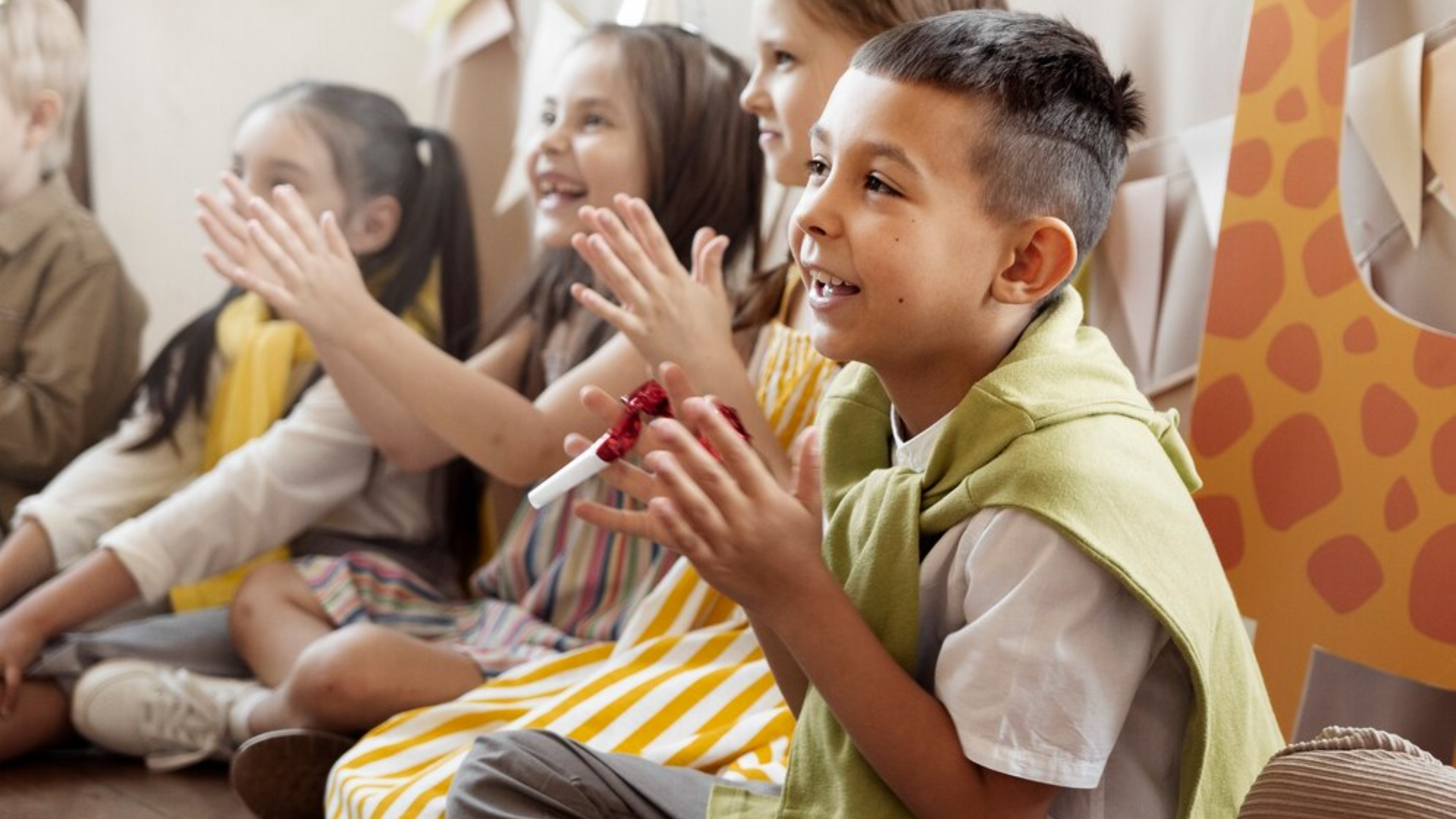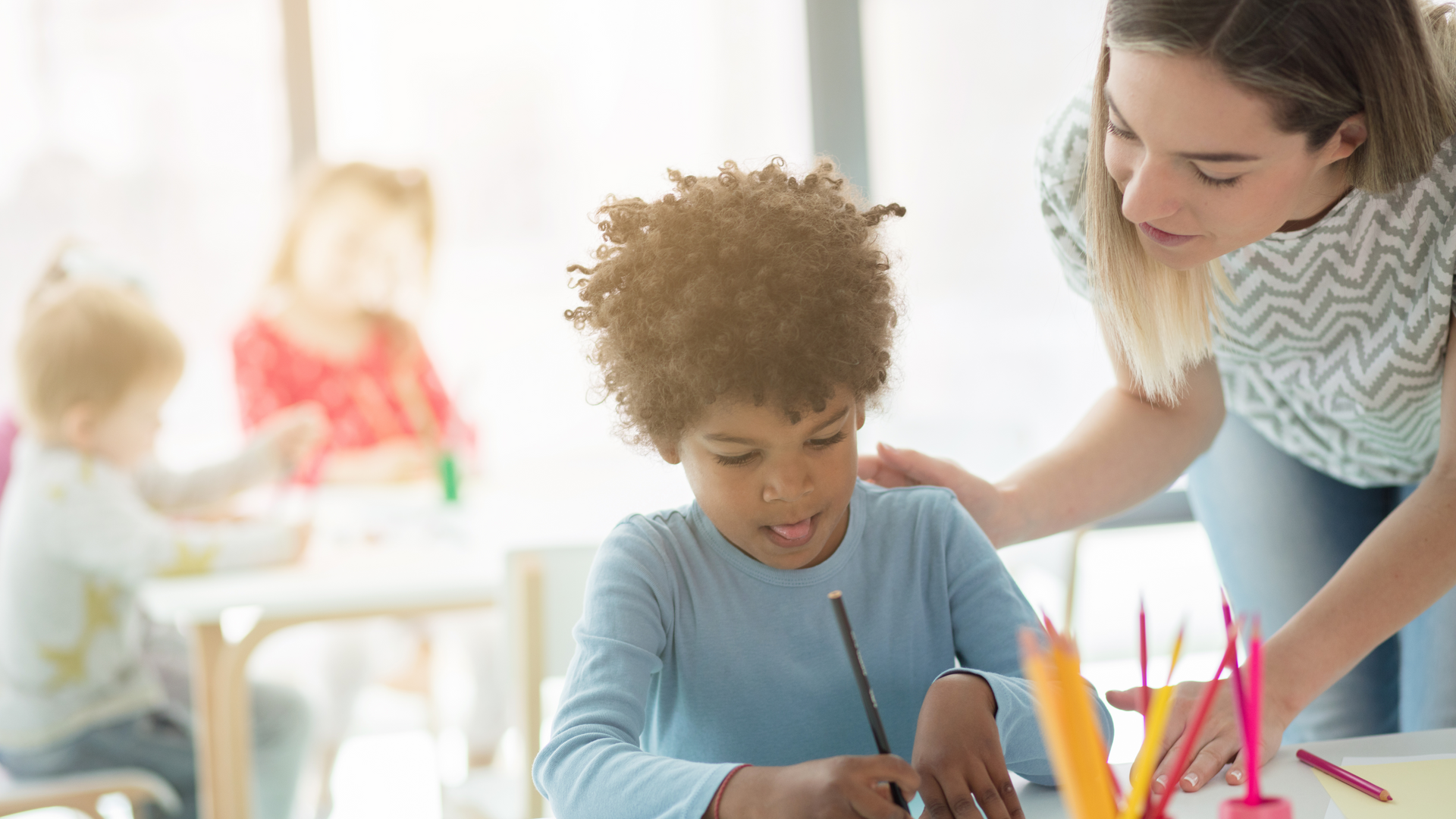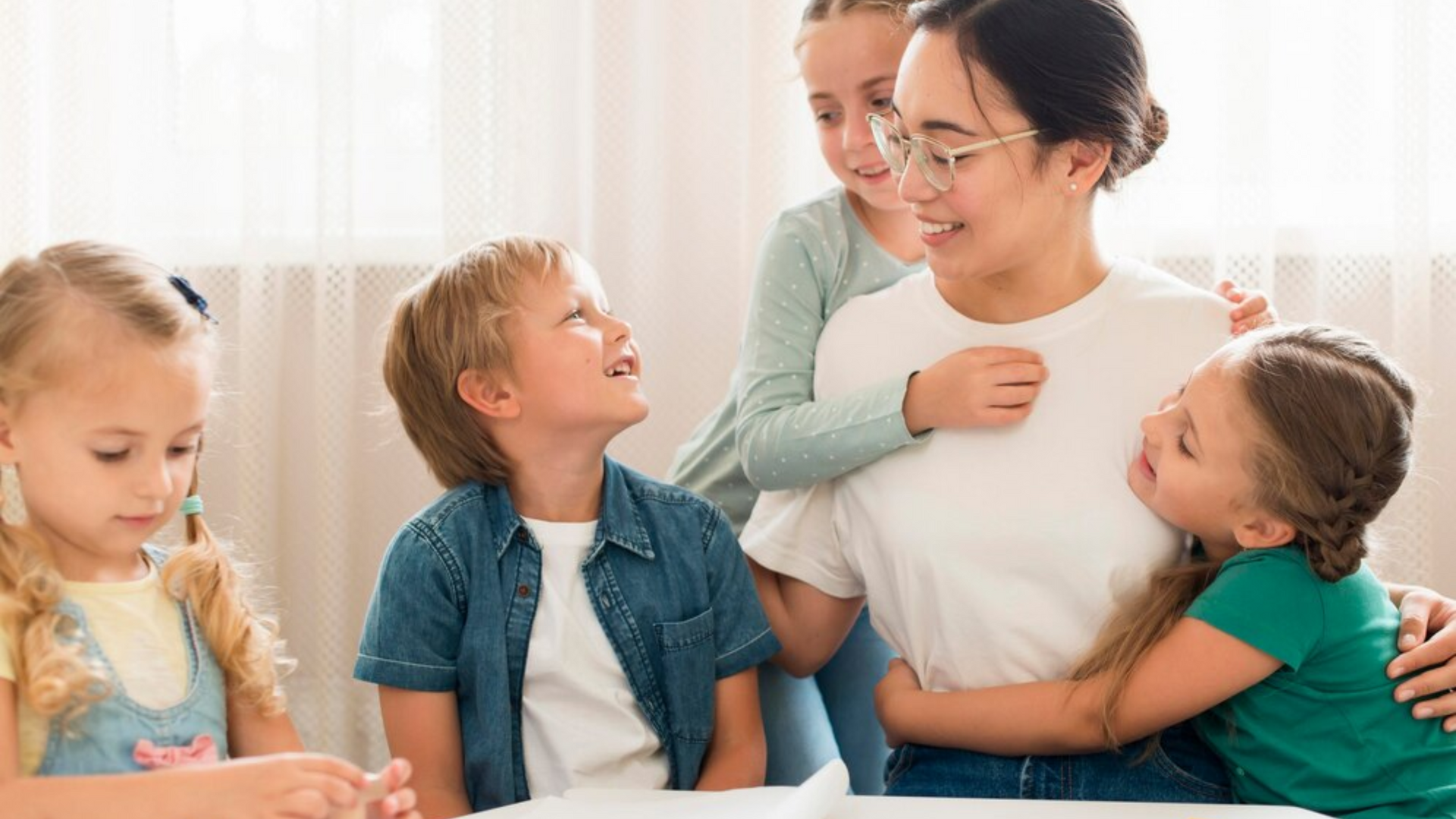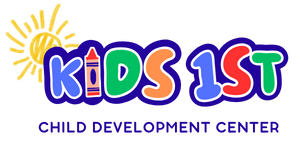5 Ways We Foster Emotional Growth in Toddlers

At Kids 1st Child Development Center in North Little Rock, Arkansas, we believe that a child’s emotional well-being is just as important as academic or physical development. In fact, for toddlers, emotional growth lays the foundation for lifelong success in school, relationships, and self-confidence. That’s why one of our core priorities is nurturing the emotional development of every child who walks through our doors.
Toddlers experience big feelings in small bodies. From excitement and joy to frustration and fear, they are learning how to recognize, express, and manage their emotions. This is a crucial stage of development, and it requires intentional support from caregivers and educators.
Here are five ways we foster emotional growth in toddlers at Kids 1st—helping them build the tools they need to thrive emotionally, socially, and mentally.
1. Creating a Safe and Nurturing Environment
The first step in emotional growth is feeling safe. Children need to know that they are protected, valued, and loved. At Kids 1st, we design our classrooms to be warm, welcoming, and comforting for toddlers.
From soft rugs and cozy reading corners to gentle lighting and calm background music, our environment helps children feel at ease. We also maintain consistent routines so toddlers can predict what comes next—a critical part of feeling secure and reducing anxiety.
Our teachers greet each child with warmth and positivity, helping them feel like they belong. In this kind of environment, children are more likely to open up, take emotional risks, and engage fully with others.
2. Teaching Emotional Vocabulary
One of the challenges toddlers face is not being able to express how they feel. When they lack the words to describe their emotions, frustration can quickly build, often resulting in tantrums or withdrawal.
At Kids 1st, we use everyday moments to teach emotional vocabulary. We label feelings throughout the day:
- "You look happy to see your friend!"
- "I can see you feel sad because it’s time to clean up."
- "That loud noise startled you. That can feel scary."
We also read books about feelings, use emotion flashcards, and play games that involve facial expressions. Over time, children learn to recognize their emotions and name them, which is the first step toward managing them.
By building this emotional literacy early, children become better communicators and more empathetic individuals.
3. Modeling Positive Emotional Regulation
Toddlers are like emotional sponges. They observe everything the adults around them do and often mimic their behavior. At Kids 1st, our educators intentionally model calm, patient, and compassionate behavior—especially during challenging moments.
When a child is upset, we don’t dismiss their feelings or immediately try to distract them. Instead, we acknowledge the emotion, offer comfort, and help them work through it. For example:
- "It’s okay to feel mad. Let’s take a deep breath together."
- "I know you're disappointed. Would you like a hug or some quiet time?"
By modeling healthy responses, we teach children that big feelings are okay and that there are safe, respectful ways to express and manage them. This sets the tone for emotional resilience and self-regulation.
4. Encouraging Empathy and Social Skills
Emotional growth also means learning how to relate to others. Toddlers are just beginning to understand that other people have feelings too, and it takes practice to learn empathy, kindness, and cooperation.
At Kids 1st, we promote empathy in age-appropriate ways. When a child sees a peer crying, we might encourage them to offer comfort. We guide children through turn-taking, sharing, and using gentle words. Group activities and circle time foster community and help children see themselves as part of a social group.
We also celebrate kind behavior. When a toddler helps a friend clean up or offers a toy, we point it out and praise the gesture. These moments reinforce the value of empathy and encourage repeated behavior.
5. Supporting Independence and Confidence
A key part of emotional growth is developing a sense of autonomy and confidence. Toddlers are naturally curious and eager to try things on their own. We nurture this drive in a supportive way, giving children choices and encouraging them to take small, safe risks.
Whether it’s putting on their own shoes, pouring their own water, or choosing a storybook, these little acts of independence build self-esteem. We offer encouragement, not pressure, and celebrate effort as much as achievement:
- "You tried really hard to zip your jacket! That’s great effort."
- "You picked out your own activity today. That shows you’re growing!"
By allowing children to make choices and experience success in manageable ways, we help them develop a healthy sense of control and pride.
Emotional Growth Is Lifelong Growth
When toddlers are given the tools to understand and manage their emotions, they develop essential life skills: self-awareness, empathy, resilience, and communication. These skills not only prepare them for kindergarten but also help them navigate friendships, challenges, and new experiences for years to come.
At Kids 1st Child Development Center, we recognize that emotional growth doesn’t happen by accident—it happens through daily, intentional interactions with caring adults in a loving environment. That’s what we strive to provide every single day.
Building Bright Futures in North Little Rock
We are proud to serve the families of North Little Rock by providing a high-quality early learning experience that supports the whole child—academically, physically, socially, and emotionally. Our teachers work closely with families to ensure each child receives the guidance, care, and encouragement they need to grow into confident, compassionate individuals.
If you’re ready to give your toddler the tools to thrive emotionally and socially, we invite you to visit Kids 1st and see how our caring environment helps children bloom.
To learn more about how our nurturing approach continues year-round, read our article about why daycare is more than just seasonal. And when you're ready to secure a spot for your child in a top-quality program like ours, check out our guide on how to get started with enrollment.

